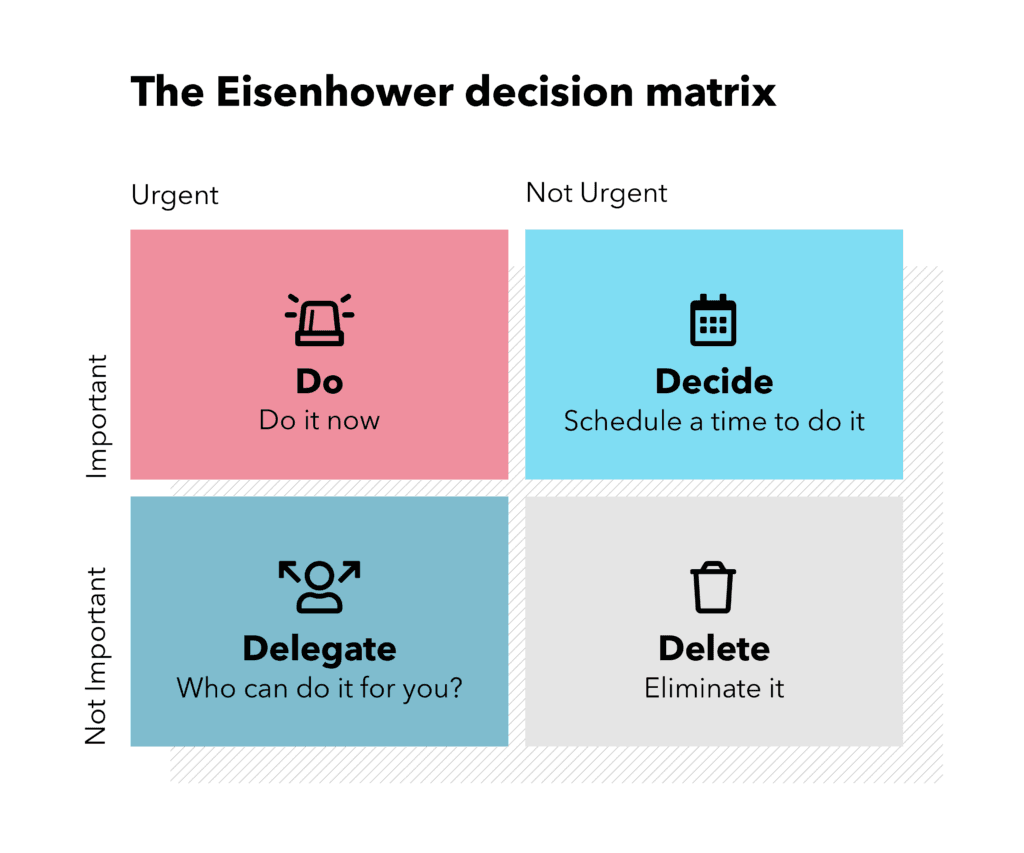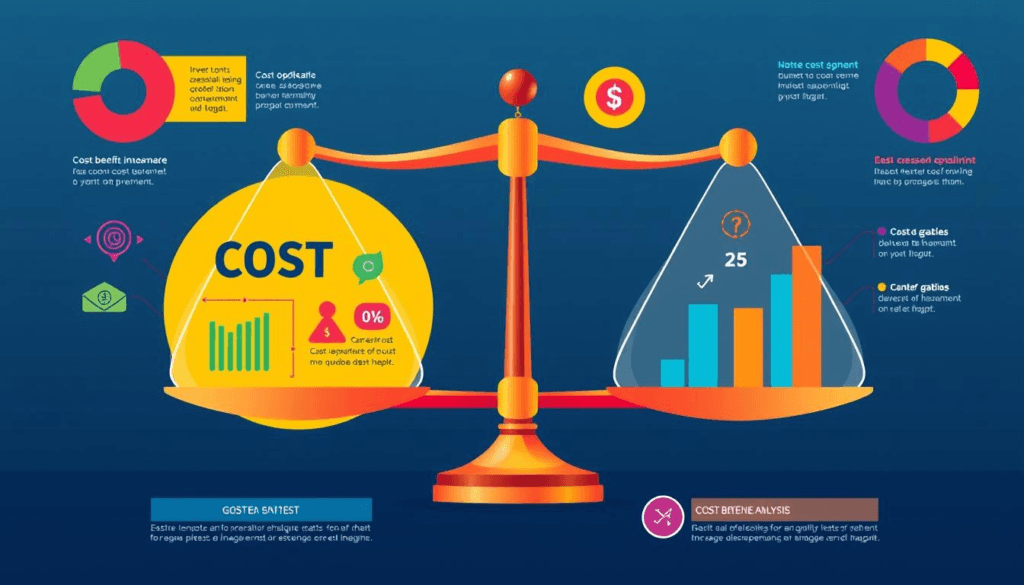Decision-making is the cornerstone of leadership success. Leaders face complex situations daily, and adopting effective decision-making frameworks is essential to ensure well-informed, timely, and impactful decisions. In this article, we’ll explore the top decision-making frameworks every leader in 2025 must master to thrive in a fast-paced, ever-changing world.
Decision-Making Frameworks : Key Highlights
1. The OODA Loop (Observe, Orient, Decide, Act)

The OODA Loop, initially developed for military strategies, is now widely used by leaders in dynamic and competitive environments.
- Observe: Collect data and assess the current situation.
- Orient: Analyze the data and evaluate your options.
- Decide: Select the most effective course of action.
- Act: Implement your decision and track its results.
Best For: Fast-changing industries like technology and finance.
2. SWOT Analysis (Strengths, Weaknesses, Opportunities, Threats)

This framework is a timeless tool for strategic decision-making.
- Strengths: Identify your internal advantages.
- Weaknesses: Recognize areas that need improvement.
- Opportunities: Leverage external factors that benefit you.
- Threats: Address potential risks that could impact your plans.
Why It Works: SWOT ensures a comprehensive evaluation of internal and external elements, enabling better decision-making.
3. The Eisenhower Matrix

A prioritization framework that helps leaders categorize tasks and decisions based on their urgency and importance.
- Urgent & Important: Do it immediately.
- Important, Not Urgent: Schedule for later.
- Urgent, Not Important: Delegate.
- Neither Urgent nor Important: Eliminate.
Use Case: Effective for leaders managing multiple responsibilities.
4. Cost-Benefit Analysis (CBA)

This framework helps leaders evaluate financial and operational implications of decisions.
- Step 1: List potential costs and benefits.
- Step 2: Quantify these costs and benefits.
- Step 3: Compare to determine feasibility.
Best For: Decisions involving budget allocation, investments, or scaling operations.
5. The 5 Whys Framework

A simple yet effective problem-solving framework that digs deep into the root cause of an issue by repeatedly asking “Why?”
Example:
- Problem: Project delay.
- Why 1: Resource shortages.
- Why 2: Poor planning.
- Why 3: Inaccurate forecasts.
- Why 4: Lack of training.
- Why 5: Insufficient tools.
Outcome: The root cause—lack of tools—can now be addressed effectively.
How to Choose the Right Framework

Choosing the right decision-making framework depends on:
- Problem Complexity: Use SWOT for broader issues and 5 Whys for operational challenges.
- Time Constraints: OODA Loop is ideal for fast-paced decisions.
- Available Data: CBA works best when financial data is available.
- Collaboration Needs: SWOT and Eisenhower Matrix are ideal for team-driven decision-making.
In 2025, leaders who adopt proven decision-making frameworks can navigate challenges more effectively and confidently. Frameworks like OODA Loop, SWOT Analysis, and the Eisenhower Matrix empower leaders to make informed choices, driving organizational success.
Which of these decision-making frameworks resonates with you the most? Start applying it today and witness the transformation in your leadership journey!
Connect With Us On Social Media [ Facebook | Instagram | Twitter | LinkedIn ] To Get Real-Time Updates On The Market. Entrepreneurs Diaries Is Now Available On Telegram. Join Our Telegram Channel To Get Instant Updates.
Jason Foodman is a well-known entrepreneur and executive with experience operating companies globally and launching global companies in the U.S. market. Mr. Foodman started, scaled, and sold several notable technology firms, including SwiftCD and FastSpring.






